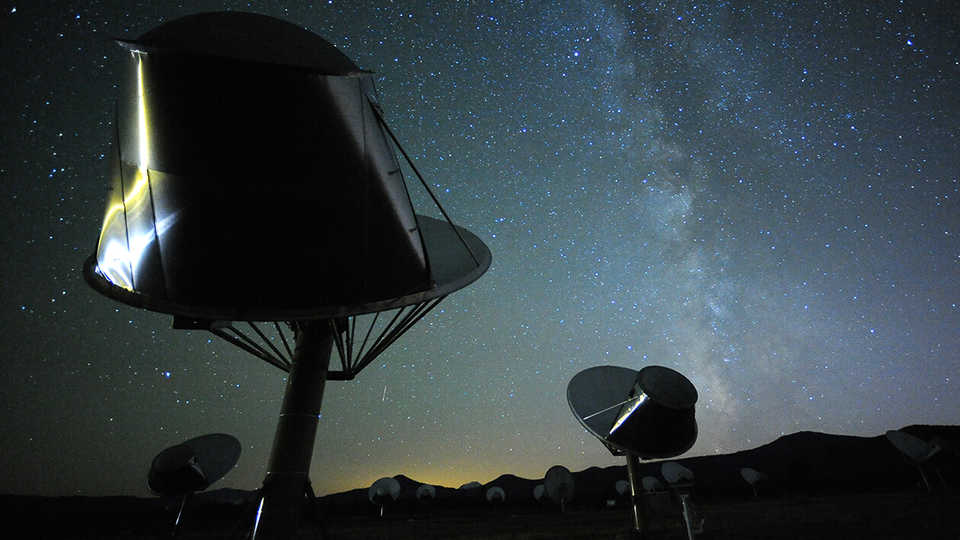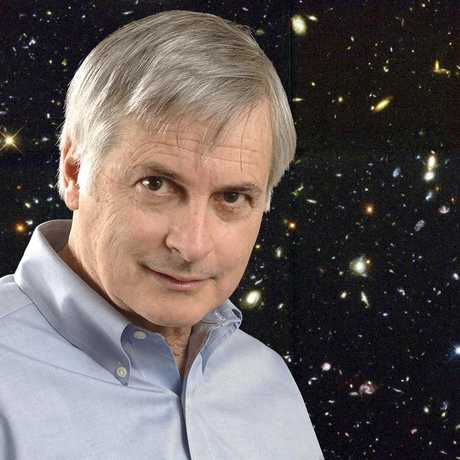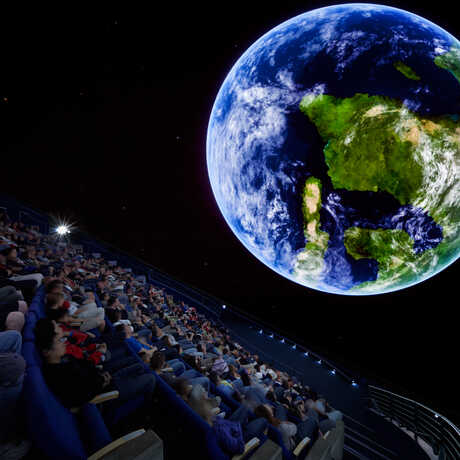General Admission: $15 | Members: $12 | Seniors: $12
Seating is limited and advance reservations required. To order by phone, call (877) 227-1831.

The Allen Telescope Array is used by the SETI Institute to search for intelligent signals from outer space.
New Approaches to Looking for E.T.
Monday, February 11, 7:30 pm
Morrison Planetarium
Featuring Seth Shostak, Senior Astronomer, SETI Institute
For six decades, a tiny group of scientists has probed the cosmos for evidence of aliens. Is this an endless quest, or could we soon learn of other beings in the nearby universe? We’ll discuss the latest efforts to uncover the extraterrestrials, as well as some disturbing ideas that could change the way we hunt for cosmic company. Also, what happens if we do detect someone or something out there? Would that radically change our own society, or merely be an interesting story for a week or two?

Seth is Senior Astronomer and Institute Fellow at the SETI Institute, in Mountain View, California. He has an undergraduate degree in physics from Princeton University, and a doctorate in astronomy from the California Institute of Technology.
For much of his career, Seth conducted radio astronomy research on galaxies, and has published approximately sixty papers in professional journals. He has written more than five hundred popular magazine, newspaper and Web articles on various topics in astronomy, technology, film and television.
For a decade, he chaired the International Academy of Astronautics’ SETI Permanent Committee. Every week he hosts the SETI Institute’s one-hour science radio show, “Big Picture Science.” Seth has written, edited and contributed to a half dozen books. His most recent tome is Confessions of an Alien Hunter: A Scientist’s Search for Extraterrestrial Intelligence (National Geographic), and he is co-author of a college textbook on astrobiology.
From outer space to Earth's inner core, explore the universe from Morrison Planetarium's 75-foot digital dome.
